

William Stopford
The cars revealed in 2025 we wish would come to Australia
12 Hours Ago

Contributor
The Mini Hatch is about to get another small nip-and-tuck.
Revealed in 2014 and updated in 2018, the three- and five-door Mini will get another update to keep them fresh after the next-generation Hatch was delayed by Brexit.
Inside, the latest mini-f56-forum.de leaks reveal the regular Hatch range will gain the digital instrument binnacle from the Mini Electric, along with redesigned buttons on the steering wheel and haptic buttons below the infotainment screen.
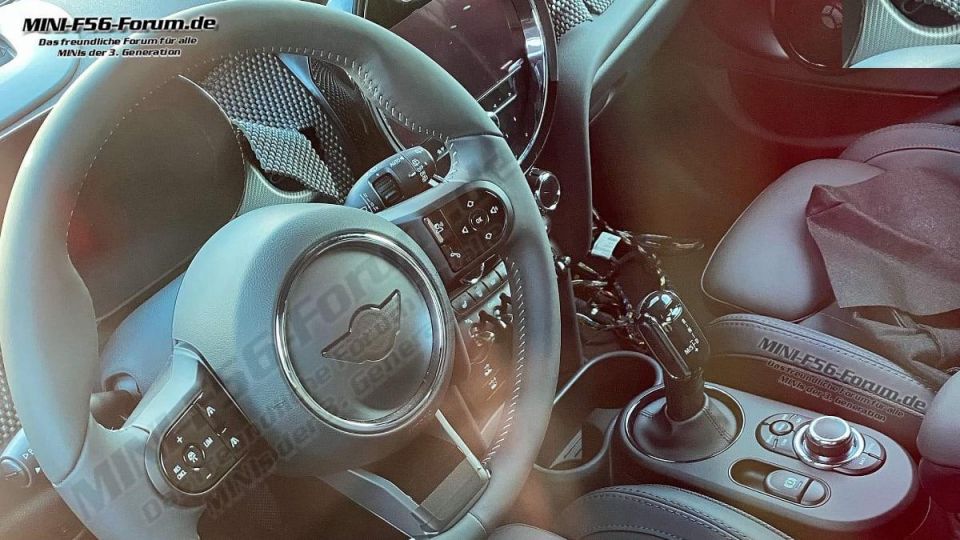
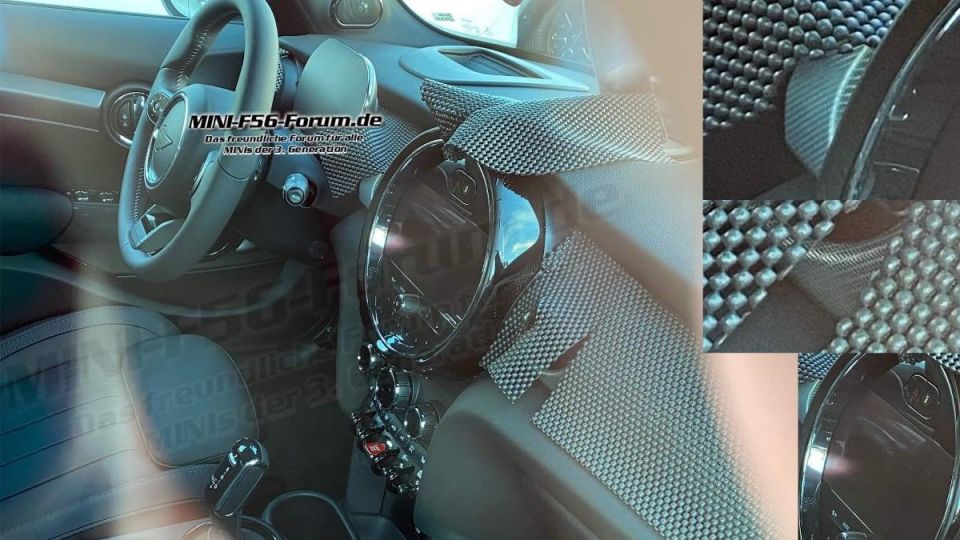
Externally, an earlier leak revealed the changes are limited to the substitution of chrome exterior accents for gloss black, tinted headlight elements, and new, vertically-oriented cutouts in the front bumper in place of the current car’s circular fog lights.
The next-generation has been delayed until 2023 per a report from Reuters.
“The lifespan of this platform has been extended,” BMW spokesman Maximilian Schoeberl told Reuters. “For cost reasons and because of Brexit.”

BMW is looking to find €12 billion (A$19.5 billion) in savings by the end of 2022. As part of that, it’s cutting the number of powertrain combinations it offers, and reducing vehicle development costs.
With a Brexit deal only now taking shape, there’s been significant uncertainty for the German automaker, particularly for a product in a traditionally less profitable segment and against a backdrop of emissions standards forcing automakers to invest in electrification.
The current cars are the only vehicles on BMW’s UKL1 platform. The larger UKL2 architecture, in contrast, is host to a wide variety of models, from the Mini Clubman and Countryman to the new BMW 2 Series Gran Coupe.
Although it’s been forced to push back the launch of its next ‘base’ Hatch, Mini hasn’t slowed down its development pipeline entirely.
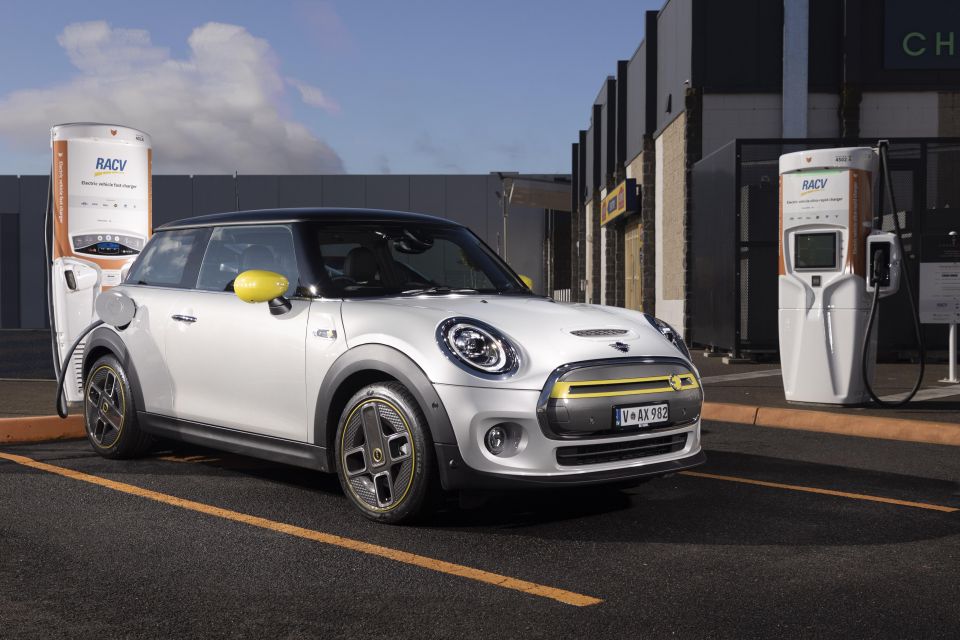
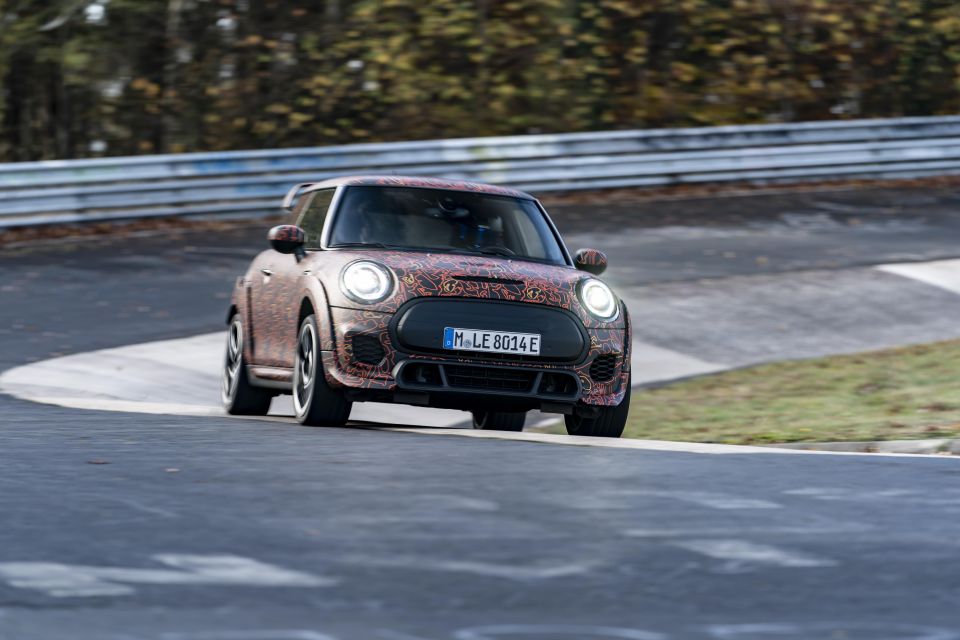
Rumours about an all-electric John Cooper Works hatch last year proved true, although details are scarce at the moment.
“With the Mini Electric, we’ve shown how well brand-typical driving enjoyment and electric mobility can be combined,” said Bernd Körber, head of the Mini brand.
“Now it’s time to translate the passion for performance of the John Cooper Works brand to electro mobility. That’s why we’re working to develop concepts for electric John Cooper Works models.”
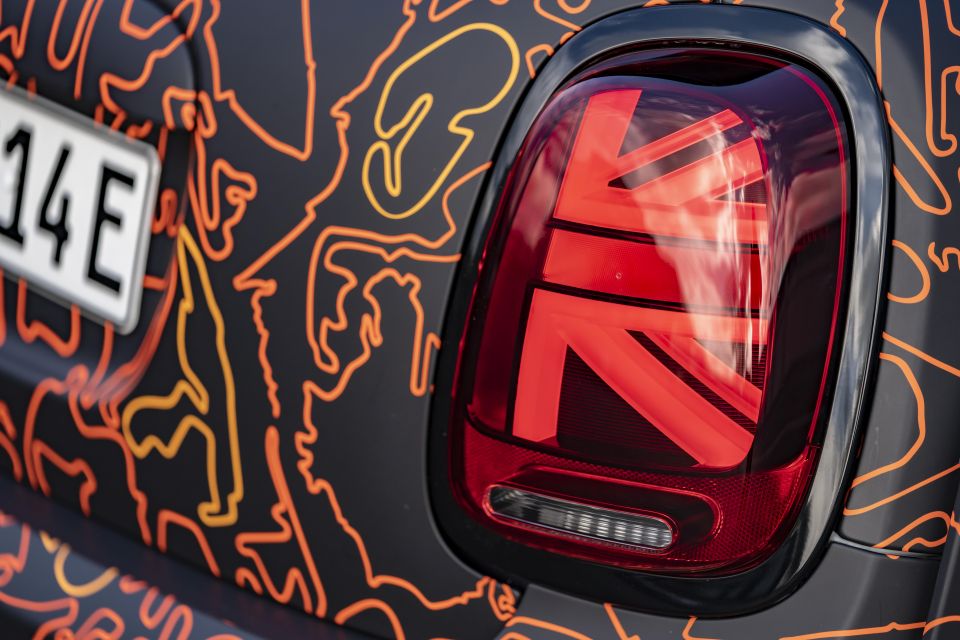
What will power the electric JCW isn’t clear. The Mini Electric packs the 135kW/270Nm motor from the BMW i3 on its front axle, and has a claimed 7.3-second sprint time to 100km/h.
Although that’s not slow, it’s not up to scratch when you consider the current Mini JCW has 170kW of power and 320Nm of torque from its four-cylinder engine, and hits 100km/h in 6.1 seconds.
The limited-edition JCW GP ups those outputs to 225kW and 450Nm.
BMW does have some suitable electric motors in its stable. The rear-mounted motor in the upcoming iX3 SUV makes 210kW and 400Nm, and is good for a 6.8-second run to 100km/h.
MORE: Mini 3-door hatch news and reviews MORE: Mini 5-door hatch news and reviews MORE: Mini news and reviews
Where expert car reviews meet expert car buying – CarExpert gives you trusted advice, personalised service and real savings on your next new car.
Scott Collie is an automotive journalist based in Melbourne, Australia. Scott studied journalism at RMIT University and, after a lifelong obsession with everything automotive, started covering the car industry shortly afterwards. He has a passion for travel, and is an avid Melbourne Demons supporter.


William Stopford
12 Hours Ago


Josh Nevett
13 Hours Ago


Ben Zachariah
1 Day Ago


CarExpert.com.au
2 Days Ago


Damion Smy
2 Days Ago


Damion Smy
2 Days Ago